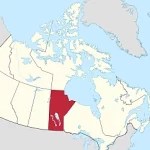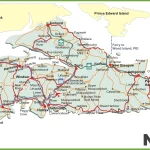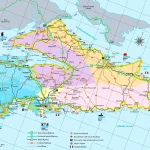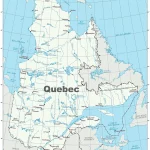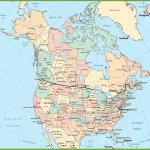Canada is one of the world’s largest countries, with a vast land area that it is challenging to comprehend its sheer scale. The country’s expansiveness is such that it is bigger than the whole European Union, spanning over 9.98 million square kilometers (3.85 million square miles). To put that into perspective, Canada is approximately 30% larger than Australia, a continent, and three times larger than India, the second-most populous country on Earth. Canada’s vastness is evident in its diverse geographical features, from towering mountains, frozen tundras, and lush forests to sprawling prairies, crystal-clear lakes, and endless coastlines. With such an enormous and varied landscape, Canada is home to an incredible array of unique ecosystems, wildlife, and natural wonders. The country’s size and diversity are also reflected in its demographics, with a multicultural society that celebrates diversity and inclusivity. Despite its vastness, Canada is a land of opportunity, innovation, and progress, with thriving industries, cutting-edge technologies, and a commitment to sustainability and environmental stewardship that positions it as a global leader in many areas. As Canadians like to say, their country is not just big; it’s “bloody huge!”
